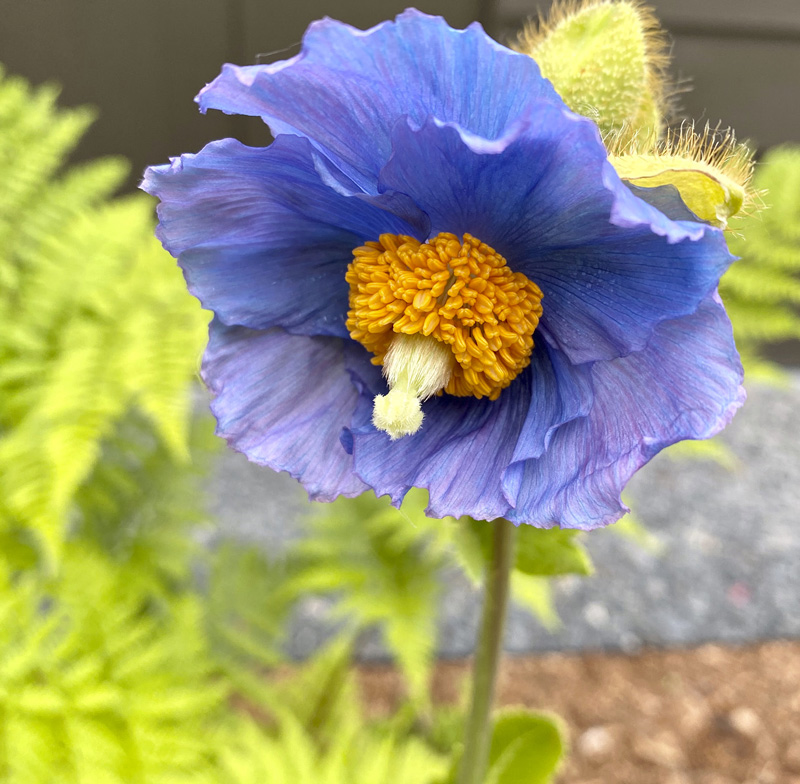
Bettisworth North
DESIGN
lanting design in Alaska can be a challenge given our northern climate and wide range of environments. Plant selection can make or break a planting design, so it is essential to consider several issues before putting anything in the ground. Luckily our state’s landscape architects can help make this task a little easier. Here are some of the things we think about when creating planting designs and selecting plants.
Based on a parcel’s zoning and the adjacent property, you may need one of several landscape plantings along the perimeter of the lot. Code dictates minimum planting bed widths and the density and types of plants that meet the requirements. If you are lucky, the lot will already have a nice buffer of native vegetation that helps meet the code after an assessment. Jurisdictions outside of Anchorage have other requirements.



To sum up, selecting plants for landscaping in Alaska requires careful consideration of several factors, including code regulations based on project size, hardiness zone, native status, invasiveness, and maintenance requirements. Taking the time to select the right plants is an important first step in creating a beautiful and suitable landscape design that thrives in Alaska’s unique environments. Our local landscape architects are an invaluable resource who will help you achieve these outcomes.
